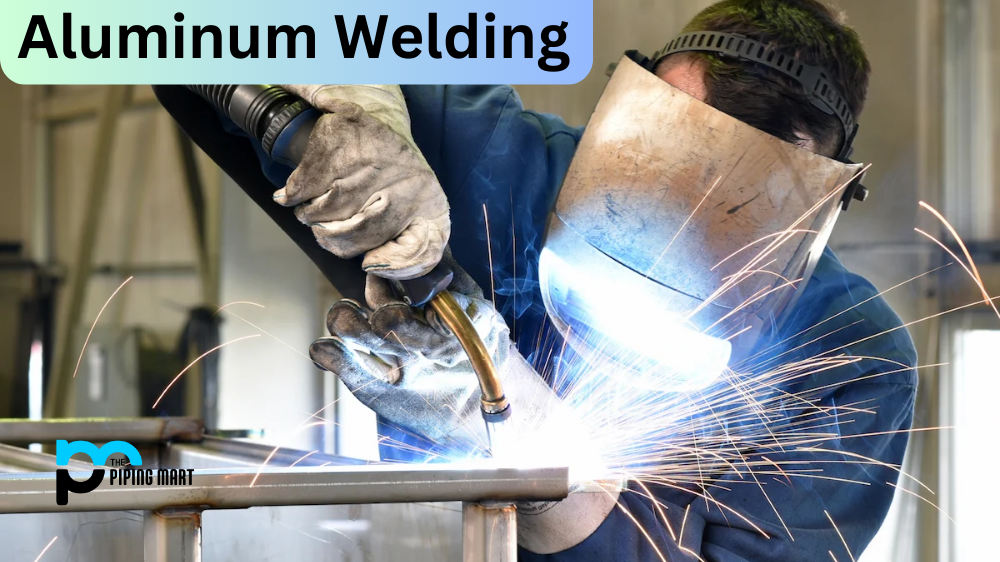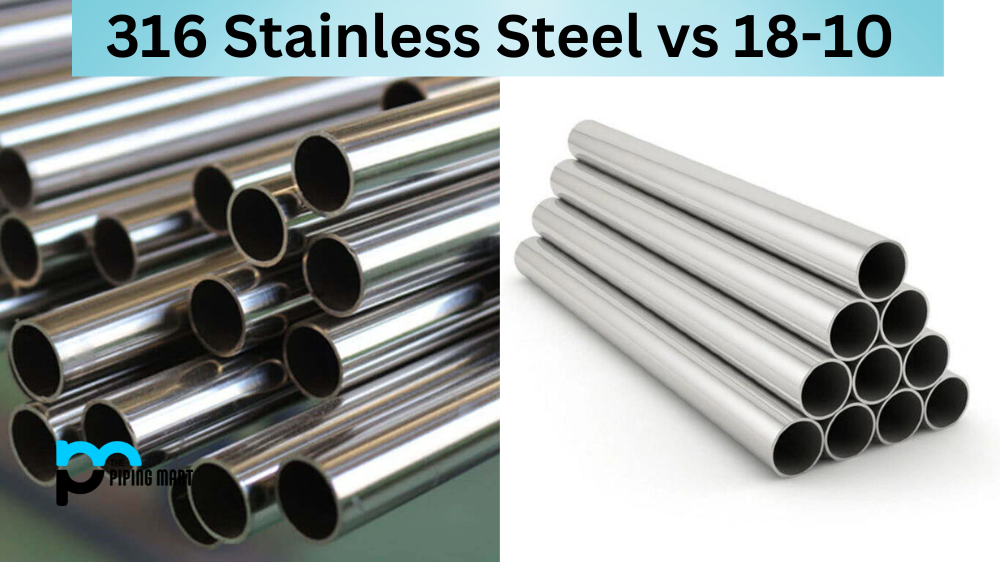Welding aluminum can be tricky compared to other metals due to its exceptional properties such as high thermal conductivity, melting point, and adhesiveness. Welding can lead to low-quality welds, porosity, and distortion, and high-quality precautions and techniques. Therefore, adopting the right practices to achieve consistent, durable, and high-quality welds is crucial. This blog will outline the best practices for welding aluminium, including techniques and considerations.
What is Aluminum Welding?
Aluminium welding is a process where two or more pieces of aluminum are joined together through heat and pressure. It is commonly used in aerospace, automotive, construction, and manufacturing industries.
One of the key factors that makes aluminium welding unique is its high thermal conductivity. It can quickly dissipate heat, making achieving strong and consistent welds challenging. Special techniques such as preheating and post-weld treatments are used to overcome this challenge.
There are three main methods of aluminum welding – MIG (Metal Inert Gas), TIG (Tungsten Inert Gas), and Stick Welding. Each method has its advantages and disadvantages depending on the project’s requirements.
MIG welding uses a consumable wire electrode spooled continuously from a spool gun onto the welded joint. The electrode acts as an electrical conductor to carry an electric current to the arc, creating the weld pool for melting metal filler.
TIG welding uses a non-consumable tungsten electrode to produce an electric arc for melting metal filler into joints between separate pieces of metal with excellent control over temperature and speed.
Choose the Right Welding Technique
Selecting the right welding method for aluminium depends on various factors, such as thickness, type, and joint configuration. The most common welding techniques for aluminum include
- gas tungsten arc welding (GTAW or TIG),
- gas metal arc welding (GMAW or MIG), and
- oxy-fuel welding.
GTAW is the most suitable for welding thinner sheets due to its precise heat control and high quality of welds, while MIG is advantageous for thicker sheets. An exotic welding technique like plasma arc welding (PAW) can also be used for precision welding.
Ensure Cleanliness
Aluminium is naturally reactive to air, quickly oxidizing and forming a thin layer that reduces its weldability. Therefore, it’s crucial to ensure the metal is free from contaminants such as oil, dirt, or other surface oxides before welding. Use a stainless-steel brush to remove dirt and oxides from the surface. Also, use a chemically pure solvent to degrease the metal and prevent contamination.
Optimize the Welding Conditions
Aluminum’s high thermal conductivity requires precise and consistent heat input to avoid distortion. Therefore, the welding process should be optimized by controlling the parameters such as voltage, current, and travel speed. It’s also essential to use the correct filler material type and diameter to match the base metal and avoid cracking. While welding thin aluminium, it’s advisable to use a pulse setting that allows you to control the heat and reduce the risk of burn-throughs.
Protect the Welding Area
Aluminum welding produces a lot of heat and UV radiation, which can damage nearby equipment and even cause accidents. Therefore, it’s necessary to put protective measures in place, such as welding curtains, face shields, gloves, and helmets. The welding area should also be well-ventilated to prevent the accumulation of toxic fumes emitted by the welding process.
Carry Out Inspection and Testing
After welding, inspecting and testing the welds to ensure they meet the required quality standards is essential. Check for defects such as porosity, cracks, and undercutting, and use non-destructive testing (NDT) such as penetrating fluids, X-rays, or ultrasonic testing for extra assurance. Also, use a tensile strength test to measure the strength of the weld and ensure it’s strong enough to meet the application requirements.
Conclusion:
Welding aluminium requires specialized techniques and considerations for optimal results. Choosing the right welding technique, ensuring cleanliness, optimizing the welding conditions, protecting the welding area, and conducting inspection and testing are some of the best practices for welding aluminum. Adhering to these practices will ensure consistent, durable, and high-quality welds in your aluminium welding projects.

Pipingmart is a B2B portal that specializes in metal, industrial and piping items. Additionally, we share the latest information and information about materials, products and various types of grades to assist businesses that are involved in this business.




